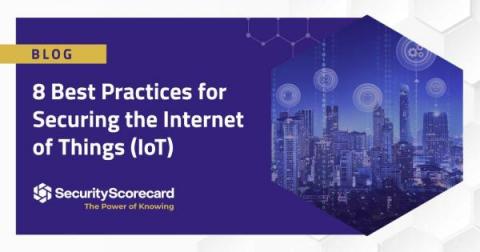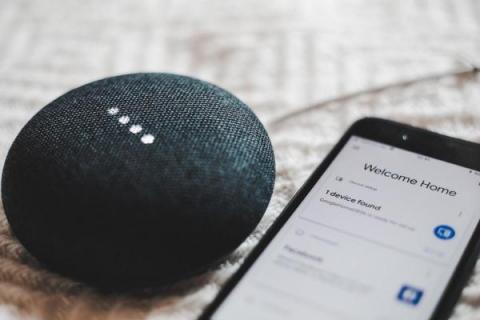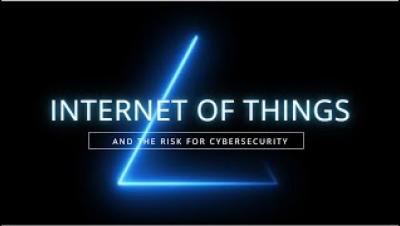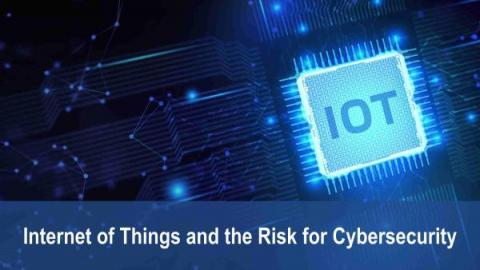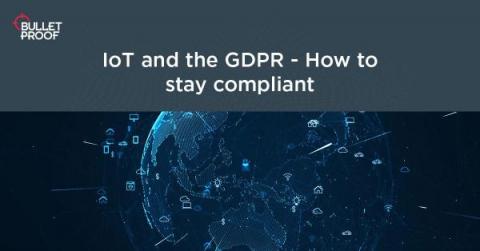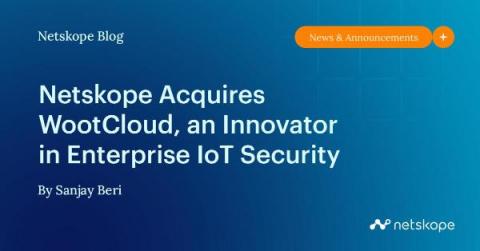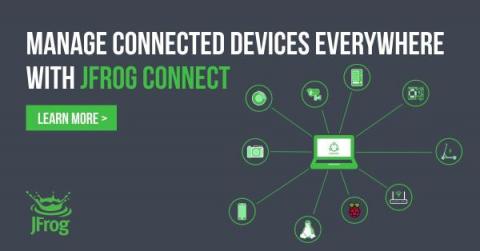8 Best Practices for Securing the Internet of Things (IoT)
While the Internet of Things (IoT) can provide helpful insights, it can also introduce a host of new security vulnerabilities into your organization. Without a clear understanding of the importance of IoT security, your organization will continue to introduce new vulnerabilities without even realizing it. Let’s take a closer look at how IoT security is important and the best practices your organization can use to improve the overall security of your organization.


